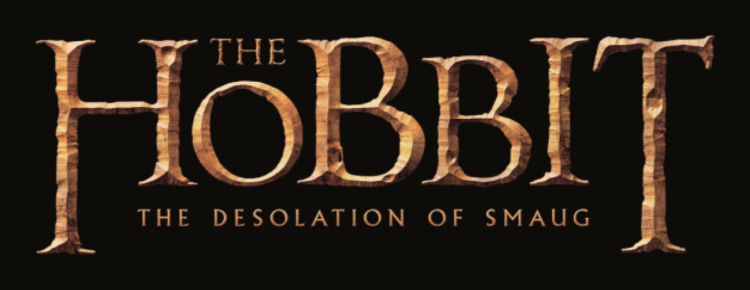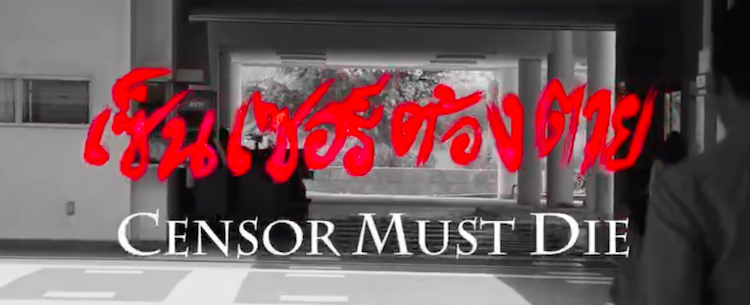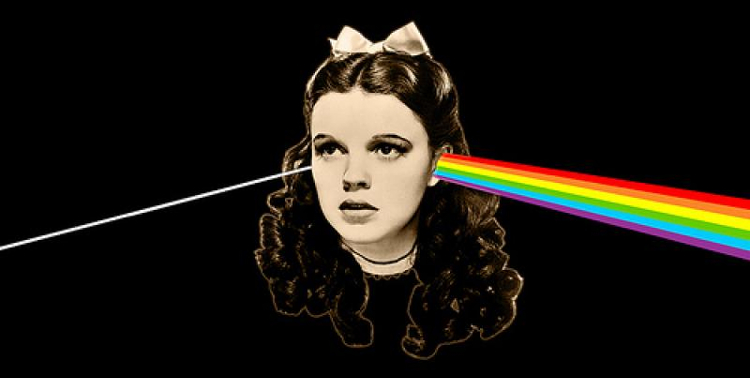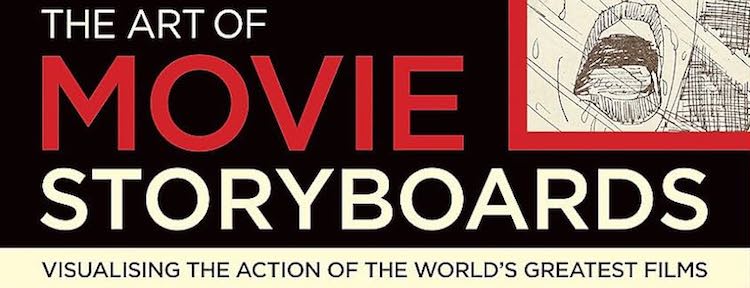Prime Minister Yingluck Shinawatra has announced that she will dissolve parliament, and has scheduled a general election for 2nd February next year. After her announcement, the opposition Democrat Party resigned
en masse: all of their MPs quit parliament simultaneously, in a dramatic rejection of the democratic process.
Yingluck was responding to pressure from Suthep Thaugsuban, who has been leading street protests in Bangkok for the past month. A fortnight ago, Suthep invaded and occupied the Finance Ministry, in an attempt to destabilise the government. Four people were killed in clashes between students supporting Suthep and
United Front for Democracy Against Dictatorship members on their way to a pro-government rally. Police have used tear gas and rubber bullets against protesters who were attempting to break into various government buildings, though a temporary truce was called to mark the King’s birthday on 5th December.
Suthep was formerly a Democrat MP, though he resigned in order to take his protest onto the streets. Ironically, when Suthep was Deputy Prime Minister in 2010, he and former PM Abhisit Vejjajiva ordered the army to use live ammunition against UDD protesters. (Abhisit and Suthep have both been charged with murder following the
2010 military massacre.) In fact, in 2010 Suthep said: “if they violate the laws, such as blocking roads and intruding into government offices, we will have to disperse the protesters.” Now the tables have turned, and Suthep is leading his own protesters, using precisely the tactics that he condemned in 2010.
The protest started last month, when the government passed a bill that would have granted an amnesty to anyone charged with political offences since
the 2006 coup. The amnesty, a blatant attempt to facilitate former PM Thaksin Shinawatra’s return to Thailand, was deeply unpopular with the public. (Thaksin has been living in self-imposed exile in Dubai since
he was charged with corruption in 2008.)
Opposition to the amnesty briefly united both sides of Thailand’s political divide. The red-shirts opposed it because it would have absolved Abhisit and Suthep of their responsibility for the 2010 massacre. The yellow-shirts were against it because it would have annulled Thaksin’s corruption charge. Suthep began campaigning against the amnesty, and up to 100,000 people gathered at Democracy Monument to support him. (Democracy Monument was also the scene of a
red-shirt protest in March 2010.)
Yingluck caved in to public opinion and dropped the amnesty bill. It was also unanimously rejected by the Senate. However, Suthep did not stop his protest; in fact, he stepped up his campaign and called for the complete eradication of ‘the Thaksin regime’. He has since led thousands of protesters in occupying several government ministries in Bangkok. Last Monday, his supporters marched to the offices of Thailand’s terrestrial TV stations. Intimidated by the protesters, most channels broadcast a live speech by Suthep, in which he called for a national strike. (He made a similar appeal last month, though that was unsuccessful.)
The government’s proposal to amend the constitution is another reason for the current protests. Under the 1997 constitution, widely regarded as Thailand’s most democratic charter, the Senate became fully elected for the first time. However, after the coup,
the 2007 constitution reverted to a partially appointed Senate. Yingluck had sought to amend article 117 of the constitution, and thus restore the fully elected Senate, however the Constitutional Court ruled that any such amendment was unlawful.
The Constitutional Court has a history of politically-motivated judgements. In 2006, it
dissolved Thaksin’s Thai Rak Thai party though exonerated the Democrats of all charges. In 2008, it
ordered Prime Minister Samak Sundaravej to resign for hosting a TV cookery show. Later that year, it
dissolved the People Power Party in what has been called a judicial coup.
Suthep’s goals, and his deadlines for achieving them, are both highly fluid. He sets a new deadline every few days, and when it passes he simply postpones it. He initially gave the government until 11th November to cancel the amnesty bill. (They didn’t.) Then he declared that 1st December would be ‘Victory Day’. (It wasn’t.) He then issued a two-day deadline for Yingluck to resign before 3rd December. (She didn’t.) Then he announced that yesterday would be the ‘final battle’ after which he would surrender to the police. (It wasn’t, and he didn’t.) At the weekend, he gave Yingluck another deadline of twenty-four hours to resign. (She didn’t.) And he gave the police twelve hours to stop guarding Government House. (They didn’t.)
Emboldened after the amnesty bill was cancelled, he has now demanded not only the resignation of the Prime Minister and the dissolution of parliament, but the establishment of an entirely new political system. He has formed a People’s Democratic Reform Committee to govern the country instead of an elected parliament. He has also called for a royally-appointed prime minister, though
the King has previously and unequivocally ruled this out. The PDRC’s name is therefore somewhat ironic, as it is clearly undemocratic. (The People’s Democratic Reform Committee sounds familiar: the organisers of the 2006 coup called themselves the Council for Democratic Reform.)
Suthep’s concept of an appointed government is similar to
the People’s Alliance for Democracy’s ‘new politics’ policy, which called for a 70% appointed parliament and a royally-appointed prime minister. (The PAD is another undemocratic group with an ironic name.) Suthep’s protest tactics (occupying ministries) also resemble the PAD’s invasions of Government House and Suvarnabhumi airport in 2008. A warrant has been issued for Suthep’s arrest, though there has been no attempt to detain him. Even if convicted, he is unlikely to face jail: the PAD leaders have still not been prosecuted, some five years after their brazen takeover of Suvarnabhumi.
Like the PAD, Suthep is doing his best to provoke the army into staging another coup, though army chief Prayut Chan-o-cha has so far managed to resist temptation. Abuse of power was used as a justification for the 2006 coup against Thaksin, though corruption is endemic throughout Thai politics. In another irony, Suthep is campaigning against the corrupt Thaksin regime, yet Suthep also has a reputation for corruption: he illegally distributed farmland as Agriculture Minister in 1995, and he was disqualified as an MP in 2009 after violating the constitution.
In resigning as an MP and organising disruptive protests, Suthep has shown that he prefers mob rule to parliamentary democracy. (PDRC protesters carry whistles instead of the hand-clappers used in previous demonstrations, though in other respects they are following the PAD playbook.) Suthep and the PDRC represent only a minority of the electorate, as they consist largely of middle-class Bangkokians. They are vastly out-numbered by Thailand’s rural poor, most of whom are pro-Thaksin.
Thaksin and his proxies have won every election since 2001. If a new election were called today, it’s very likely that Yingluck would win again, hence Suthep’s plan to replace elections with an appointed council. The Democrats have lost five elections in a row, but instead of reforming their party to make it more electable, they prefer to blame the democratic system itself. Unable to accept Thaksin’s popularity with the electorate, his opponents consistently resort to undemocratic alternatives. Hopefully the election will go ahead as scheduled next year, though if the Democrats boycott it (
as they did in 2006) they may trigger another judicial or military intervention.









